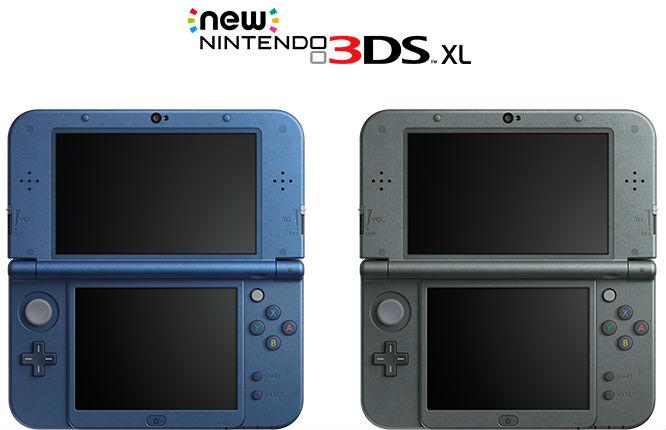Nintendo last week announced its intentions to shut down the Wii U and 3DS eShops, the systems' digital storefronts, in March 2023. This decision was disappointing for hardcore fans who stuck with Nintendo during that rocky era and extremely worrying as many of the games available on the platforms won't be preserved.
More significant Wii U games and a handful of 3DS titles were ported to Switch, but many titles are still stuck on those systems and can’t be ported. Once the digital storefront shutdowns, digital-only titles will be gone forever, and physical copies of these titles will get more expensive and harder to experience. Fans and game preservationists have not been pleased by this decision, with the Video Game History Foundation giving the most candid response.
https://twitter.com/GameHistoryOrg/status/1494398068346654720
Following this announcement, Digital Trends spoke to an industry analyst and game preservationists to get a better idea of what exactly caused Nintendo to shut down these stores and to learn how it could do a better job at preserving its legacy.
Why is Nintendo shutting down the 3DS and Wii eShops?
Officially, Nintendo’s FAQ on the eShop closures says “this is part of the natural life cycle for any product line as it becomes less used by consumers over time." The answer doesn’t get into specifics and might confuse those still playing games on the system or fans of games only available on Wii U or 3DS. Omdia Principal Analyst Matthew Bailey explains Nintendo’s user base argument in more detail, highlighting the massive gap between the number of people playing the Switch as opposed to the Wii U.
“While Omdia expects the number of Switch consoles in active use to exceed 90 million on a global basis this year, the Wii U’s global active installed base will drop under one million in 2022,” he explains. “Even when you include the more enduring 3DS family of consoles into the equation, the Switch still comfortably accounts for over 90% of Nintendo’s total active console install base.”
If one is going off just the numbers, it’s sensible that Nintendo would want to focus on the majority of its players. Bailey admits that “Switch users are already reaping the benefits of Nintendo’s singular first-party development focus on one platform.” Still, one might argue that Nintendo should just let the eShops remain up even if it isn’t actively updating or maintaining them.
Unfortunately, Nintendo doesn’t see that as possible due to cost and security issues. Game Over Thrity, a Twitter user with over 20 years of experience working on IT projects and infrastructure, shed some light on what might have influenced Nintendo’s decision-making in a thread.
“As these systems age, they require patches, security, special contracts, updates, and personnel that know how they were built (and maintained),” his Twitter thread explains. “As time goes on, there are security holes, servers, code, infrastructure, etc., that can’t be brought up to modern standards. It becomes a constant struggle between maintaining legacy systems, paying people to do so, and trying to keep up with global regulations. It’s not cheap by any means. They can’t just ‘leave the lights on’ and stop supporting them. What if someone hacked the payment processor?”
With every passing year, the Wii U and 3DS eShops likely became more expensive to maintain and an increased security risk for the video game publisher. Instead of investing the time and resources into pleasing a smaller amount of players, the easier option is to turn everything off entirely. While he isn’t affiliated with Nintendo, Game Over Thirty’s assessment aligns with what we’ve heard from Nintendo and Omdia.
"The Wii U’s global active installed base will drop under one million in 2022."



